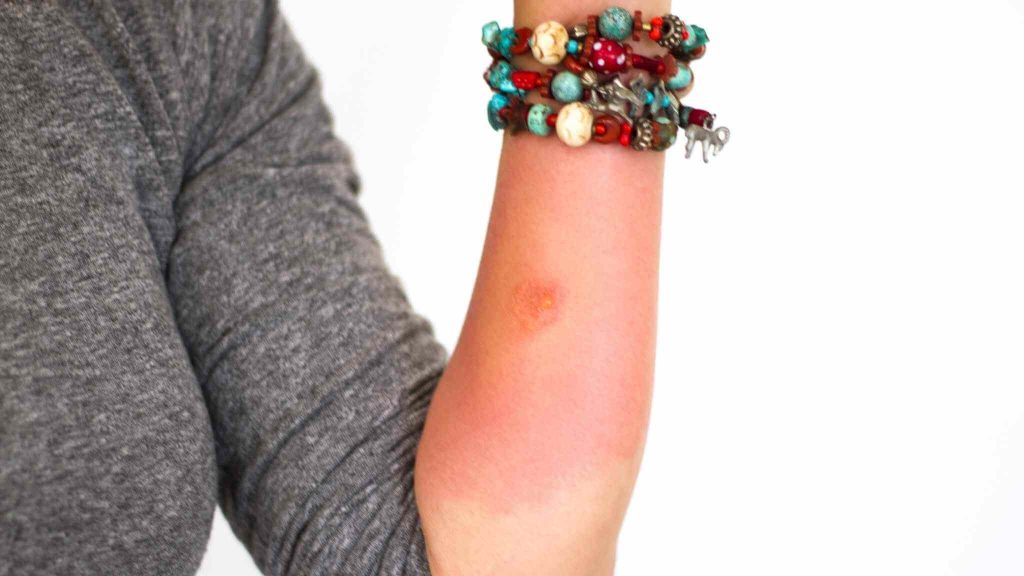Choking Hazards For Small Children
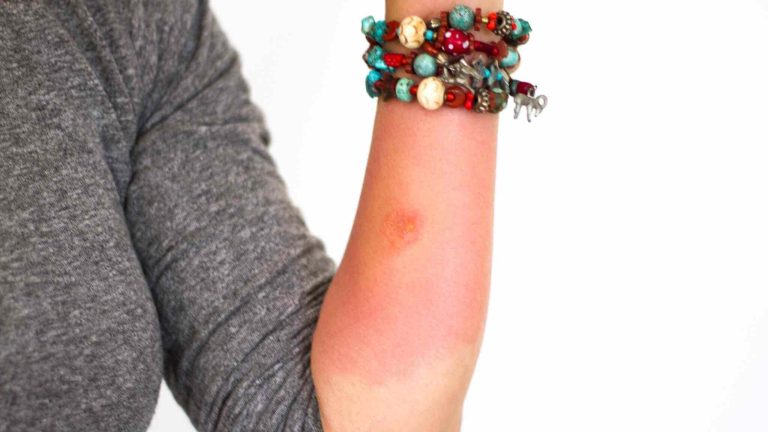
Choking is one of the leading causes of death in small children, and many common household items can pose a choking hazard. In this blog post, we’ll explore some of the most common choking hazards for small children and what you can do to protect your child from them.
How do you know a baby is choking?
If your baby is choking, it means that their airway is blocked and they are having trouble breathing. This can be a very scary situation for parents, but it’s important to remain calm and follow the steps below.
First, check to see if the object that is blocking the airway is still in the mouth. If it is, and you can clearly and easily reach it with your thumb and forefinger, you may try to gently remove. If you cannot remove the object, start choking first aid and call emergency services immediately.
Check to see if your baby is still able to breathe. If they are not, you will need to perform CPR. For instructions on how to perform CPR on a baby, please see our blog post “How to Perform CPR on a Baby”.

If your baby is coughing forcefully and appears to be able to breathe, it means that they are trying to clear their airway on their own. In this case, you should stay close by, support them upright and monitor them closely until the coughing subsides.
What is the difference between choking and gagging?
Choking is a blockage of the airway that prevents oxygen from reaching the lungs. Choking is a medical emergency and can be fatal.
Gagging is a reflex that helps to keep food and liquids from entering the lungs. It is not a medical emergency and is not fatal.
Gagging can look like the following:
- The child may have watery eyes
- They will momentarily have their mouth wide open
- They may make gagging noises
- They thrust their tongue forward
- Sputtering and a normal productive cough
- The child may go red in the face
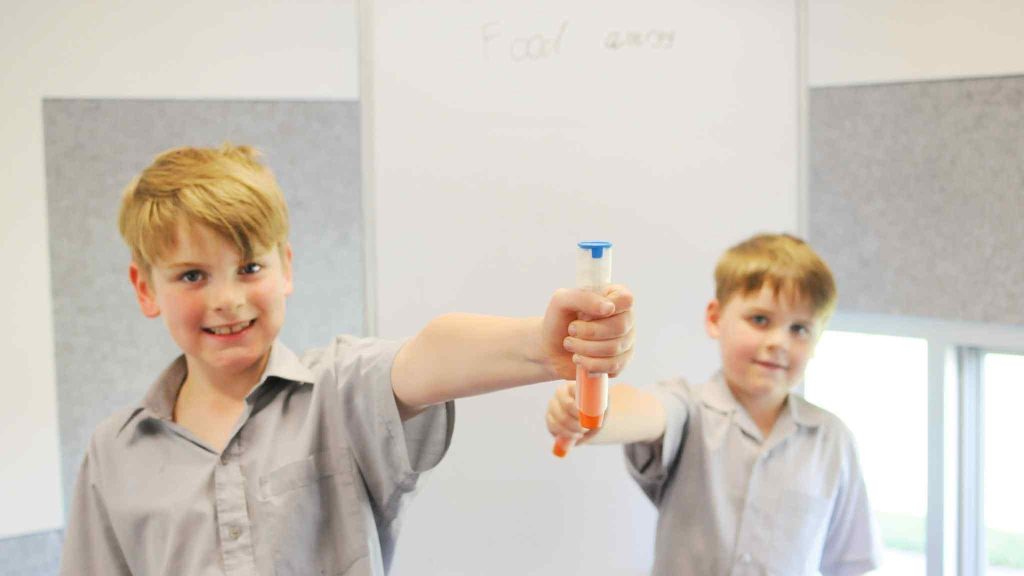
How do you perform first aid for choking?
If a child is choking, it is important to act quickly and calmly. The first step is to assess the situation and see if the child is able to cough productively or cry. If they can, support them upright and encourage them to keep coughing as this will help to dislodge the object.
If the child cannot cough or cry, or the cough becomes weaker, then it is time to take action and perform first aid. The recommended approach is five back slaps followed by five chest thrusts, continuing to perform these until the child recovers or help arrives. If the object is not dislodged after the first 5 back slaps, call the ambulance.
Back slaps: lay the baby or small child over your lap, face down and support thir head by having your hand cupping their chin. Give 5 back slaps between the shoulder blades with the palm of your hand. These need to be firm enough to help dislodge an object. Turn the babies head slightly between each back slap to see if the object has dislodged. Perform them approx 2-4 seconds apart, not too quickly.
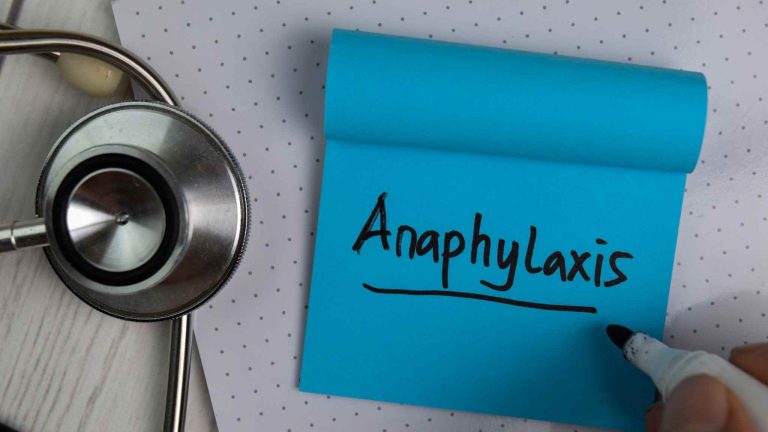
Chest thrusts: To do this, lay the child on your lap or on the floor and place 2 fingers or one hand on their breastbone, just below their nipples. Give 5 quick, thrusts with your fingers or hand around 2-4 seconds apart until the object is dislodged from their airway. Keep checking in the mouth.
What foods should we avoid with a young baby
There are certain foods that we should avoid giving to young babies as they are more likely to choke on them. These include:
- Hard or crunchy foods such as nuts, popcorn or raw carrots.
- Grapes and cherry tomatoes.
- Hot dogs, sausages and other meats that are not cut into small pieces (not round)
- Chunks of cheese or anything with a skin.
If you are unsure whether a food is suitable for a young baby, it is always best to err on the side of caution and avoid giving it to them. If you have any concerns, you can always send us a message!
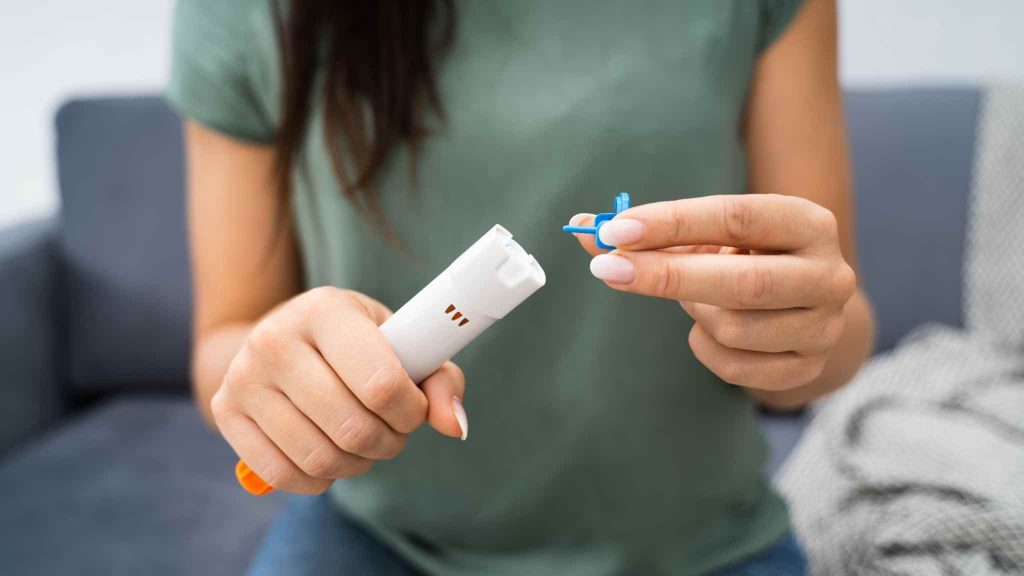
How old should a child be to eat sausage and popcorn?
There is no one definitive answer to this question. Some factors to consider include the child’s age, development, and ability to chew and swallow food safely.
If a child is under the age of 3-4, it is generally recommended that they avoid eating sausage and popcorn. This is because these foods can be a choking hazard for young children who are still developing their chewing and swallowing skills.
Older children can typically handle these foods better, but it is still important to supervise them while they eat and make sure they are chewing their food thoroughly before swallowing.
Should I use my finger to sweep into the mouth when my baby is choking?
If your baby is choking, you should not use your finger to sweep into the mouth. This can potentially push the object further down the throat and make it impossible to be dislodged with the first aid.

Can my baby choke on water or milk?
Yes. Babies can choke on water or milk if they eat or drink too quickly, but this kind of fluid will not cause a complete blockage, so they should recover quite quickly. If you are worried that your baby chokes often, talk to your health care professional or GP.
Common choking hazards for small children
Choking is one of the leading causes of hospitalisation for children under age 4 years old and can cause death. In 2019-2020, 7 children under the age of 4 died from choking. Children under age four are at the highest risk for choking.
There are many common objects that can pose a choking hazard for small children.
Some of these include:
- Hard candies
- Gum
- Small toy parts
- Beads
- Marbles
- Coins
These are just some of the many common objects that can pose a choking hazard for small children. It’s important to be aware of these hazards and to keep these objects out of reach of young children.

How to prevent choking in small children
It is important to be aware of the potential choking hazards for small children. Here are some tips on how to prevent choking in small children:
- Supervise young children when they are eating. Do not allow them to run around with food in their mouths.
- Cut food into small pieces and avoid giving hard candy or gum to young children.
- Be aware of small objects that can be a choking hazard, such as coins, buttons, or beads. Keep these out of reach of young children.
- If a child is choking, call emergency services immediately and perform CPR if trained to do so and the child is not breathing.

First steps to take if your child is choking
If your child is choking, it is important to act quickly and calmly.
First, try to help the child dislodge the object by coughing and supporting them in a upright position. If that does not work, commence choking first aid and call an ambulance.
If the child is not breathing or not breathing properly, start CPR.
How do I know my child is ok after a choking episode?
If your child has a choking episode, it is important to monitor them closely. Look for signs of respiratory distress, such as gasping or coughing.
If your child is having difficulty breathing, call an ambulance immediately. If your child is able to breathe and cough on their own, they will likely be OK, just support them in an upright. However, it is always best to err on the side of caution and take them to the emergency department to be checked out.

As a parent, it’s important to be aware of the many choking hazards that can pose a danger to your small child. By taking some simple precautions and being attentive, you can help keep your child safe from harm. Also, learning first aid for a choking child will help you act quickly and confidently in an emergency. Keep these tips in mind and be vigilant when your child is eating and playing.
The most common foods that children choke on
The most common foods that children choke on are
- Hot dogs (sausages)
- Carrots and other hard vegetables
- Popcorn
- Apples
- Mandarin
- Grapes
- Lollies and candy
- Watermelon
- Dried leaves

Baby First Aid
Our baby first aid courses are available in person in your home and online.
We run classes in your home with groups of 2, 4 or up to 20 in Sydney & Melbourne and you can book in 3 easy steps!
- Pick your class
- Follow the prompts to purchase
- We will contact you within 24 hours to lock in your date of choice
Contact us today with any questions. We can’t wait to meet you!
Here are some further resources you might enjoy!
FREE GUIDE: Introducing Common Allergy Foods & Allergic Reactions
Book a baby & child first aid class
Online Baby & Child First Aid

